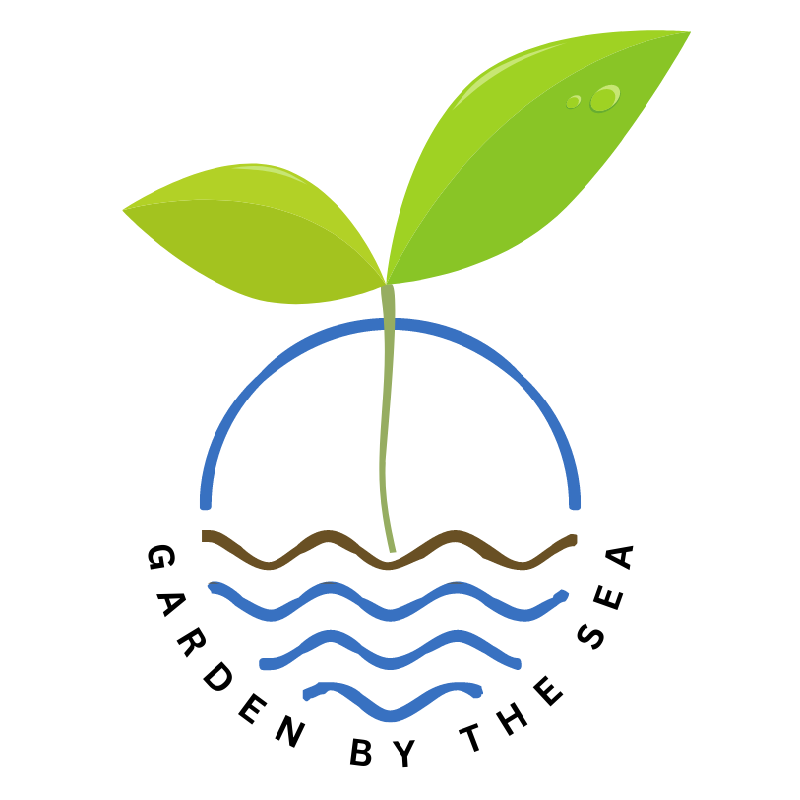NatureScaping 101
Over the last couple of months, I have been attending several webinars presented by the Multnomah County Soil and Water Conservation, and I got tremendously inspired especially by their NatureScaping webinar.
The difference – as I understand – between landscaping and NatureScaping is the intention and approach. When I think of landscaping, I think of creating a pleasing space that is balanced in form, lines, texture, color, selecting a specific focal point, and using water-wise methods for sustainable gardening.
NatureScaping goes far beyond these parameters, and I want to share a few of NatureScaping principles with you.
 These methods are like ‘preaching to the choir’ for master gardeners but it’s definitely an approach that multi-tasks on several levels unlike ‘just’ landscaping will accomplish. Until I took the webinar, I had not fully considered how much more can be created with mindful gardening in our yard such as attracting wildlife, beneficial insects / pollinators, being water-wise, creating rich soil, pest management, companion planting. Engaging in NatureScaping all these elements are pulled together for a pleasing and sustainable garden. The most basic elements of NatureScaping include building the soil through composting and recycling disease-free organic material such as yard waste, fallen leaves, and clean kitchen waste. This will amend the soil, reduce waste, reduce landfill space. It will also serve as mulch, help with water retention, and create a soil rich with beneficial microbes and nutrients.
These methods are like ‘preaching to the choir’ for master gardeners but it’s definitely an approach that multi-tasks on several levels unlike ‘just’ landscaping will accomplish. Until I took the webinar, I had not fully considered how much more can be created with mindful gardening in our yard such as attracting wildlife, beneficial insects / pollinators, being water-wise, creating rich soil, pest management, companion planting. Engaging in NatureScaping all these elements are pulled together for a pleasing and sustainable garden. The most basic elements of NatureScaping include building the soil through composting and recycling disease-free organic material such as yard waste, fallen leaves, and clean kitchen waste. This will amend the soil, reduce waste, reduce landfill space. It will also serve as mulch, help with water retention, and create a soil rich with beneficial microbes and nutrients.
 Another element of NatureScaping is a master gardener’s mantra: right plant, right place. Choosing native plants discourages disease and pests. Grouping similar plants together using companion planting methods allows for plants to benefit from their plant neighbors, assists with water-wise irrigation, invites beneficial insects and micro-organisms, and saves energy – less weeding, less pest management. Trees and shrubs can be planted to provide cooling shade in the summer and protection from cold weather in the winter.
Another element of NatureScaping is a master gardener’s mantra: right plant, right place. Choosing native plants discourages disease and pests. Grouping similar plants together using companion planting methods allows for plants to benefit from their plant neighbors, assists with water-wise irrigation, invites beneficial insects and micro-organisms, and saves energy – less weeding, less pest management. Trees and shrubs can be planted to provide cooling shade in the summer and protection from cold weather in the winter.
Approaches to encourage beneficial insects and microorganisms through planting plants that provide food, nectar, and cover, as well as practicing mindful IPM methods such as avoiding synthetic fertilizer and pesticides, and tolerating imperfections further enhances the NatureScape.
 All these approaches are familiar to and are being used successfully by master gardeners. The one aspect of NatureScaping that inspired and motivated me the most is the creation of rain gardens. Rain gardens are sunken garden beds that absorb storm water run-off from hard, impermeable surfaces such as roofs, driveways, and sidewalks. In addition, a rain garden will provide beauty and natural habitats for the whole yard.
All these approaches are familiar to and are being used successfully by master gardeners. The one aspect of NatureScaping that inspired and motivated me the most is the creation of rain gardens. Rain gardens are sunken garden beds that absorb storm water run-off from hard, impermeable surfaces such as roofs, driveways, and sidewalks. In addition, a rain garden will provide beauty and natural habitats for the whole yard.
Rain gardens are planted with hardy perennial native plants that help absorb the runoff water before it pollutes our groundwater and streams. A good reason to build a rain garden is the fact that the plants absorb some of the runoff while the rest of it gets filtered as the ground absorbs it, thus creating cleaner runoff that ultimately enters groundwater and streams. Runoff that has no place to go will eventually end up in storm sewers where water treatment removes some of the pollutants. The rest still enters the streams. A rain garden will catch, absorb, clean, and filter the runoff before it even enters the storm sewers.
Not every rain garden is right for every yard. There are other options to create a rain garden: a small yard may just have a rain garden planter. It does not keep the water on-site and only filters a small amount of runoff, but it does create a habitat for small wildlife. Another option is to build a rain garden along a split driveway or breaking up unused areas in the yard that are blacktop or cemented patches, and filling them with soil, rocks, and plants.
The many different ways to engage in NatureScaping versus landscaping are unlimited. For information, inspiration, and perhaps a little motivation, you can check out Multnomah County Soil and Water Conservation at www.EMSWCD.org.



